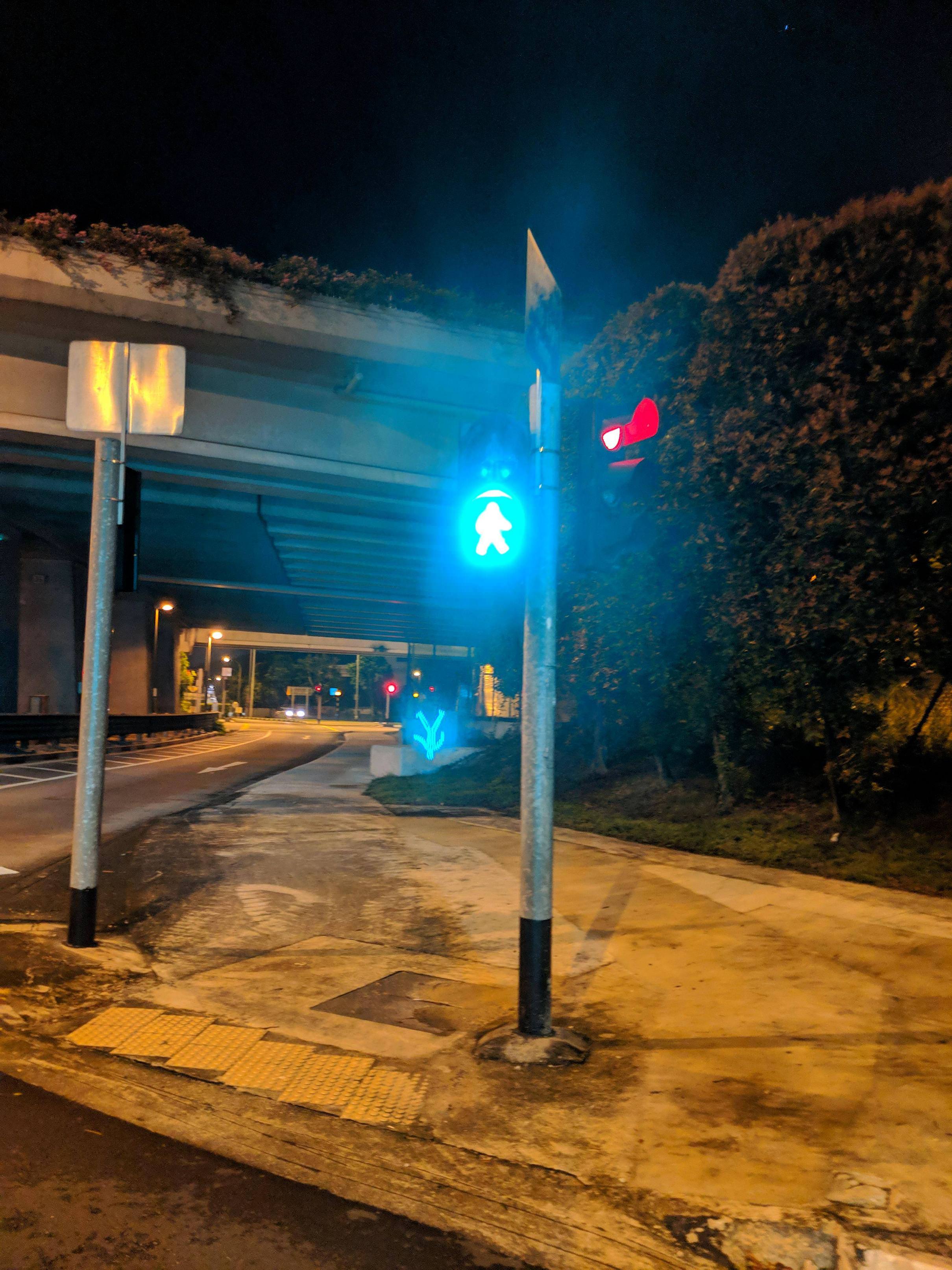Nan1000 wrote:
If it not related to the digital processing (sensor data fusion, EIS, etc.), how could the following be explained? 1. The ghost image appears to be unstabilized and superimposed over stabilized image. 2. Not like flare, the ghosting can clearly show as a piece of real scene content. 3. both ghosting and flare are not obvious in wide angle mode which is supposed to be more susceptible to flare.
All are examples of a form of lens flare known as ghosting. The wide angle and normal lenses are of slightly different designs, which means are slightly different in terms of susceptibility to reflections.
The image from the Samsung Galaxy S20 I posted above is not due to image processing, nor is this from a Canon DSLR/lens combination:

Or this from a Google Pixel 3XL:
